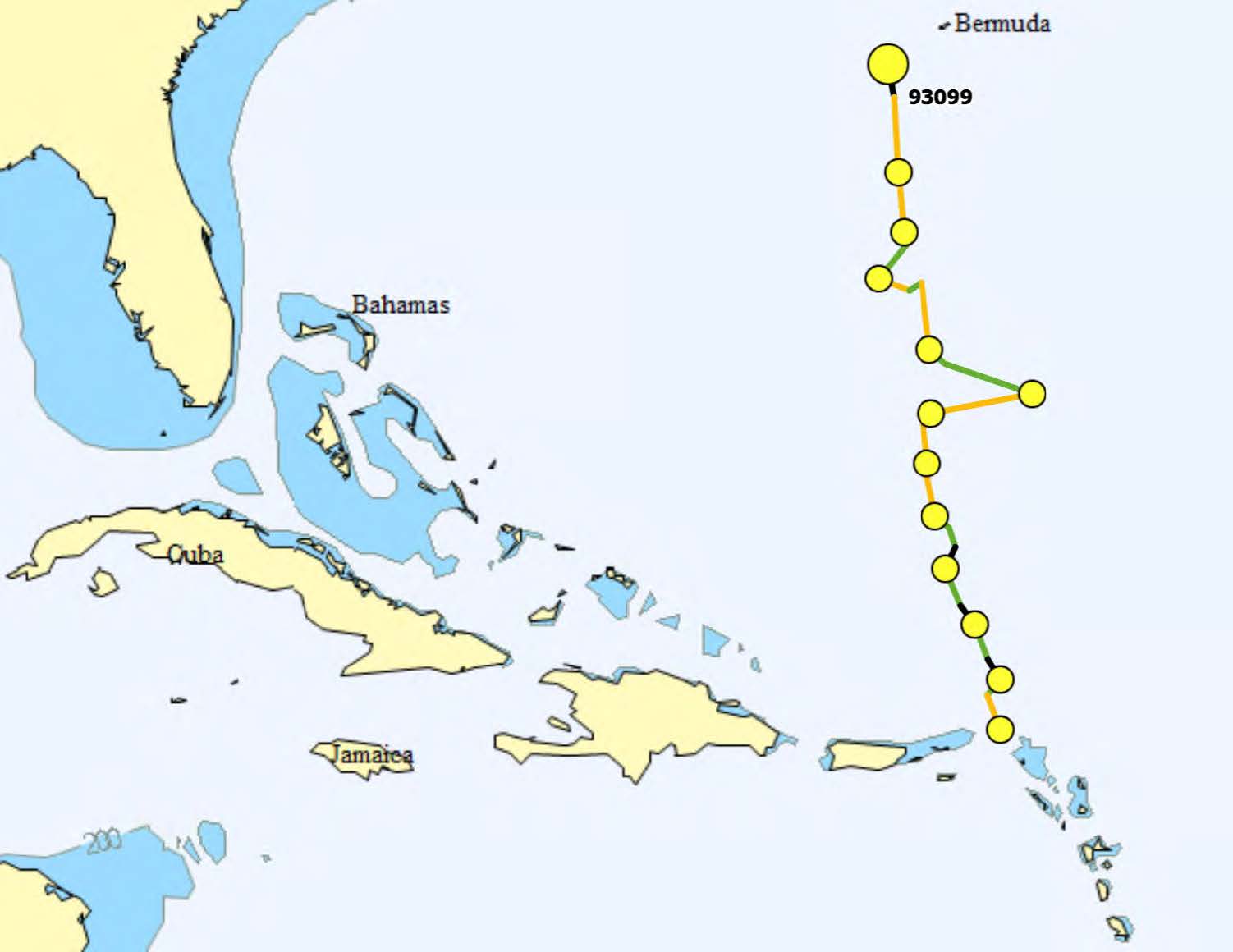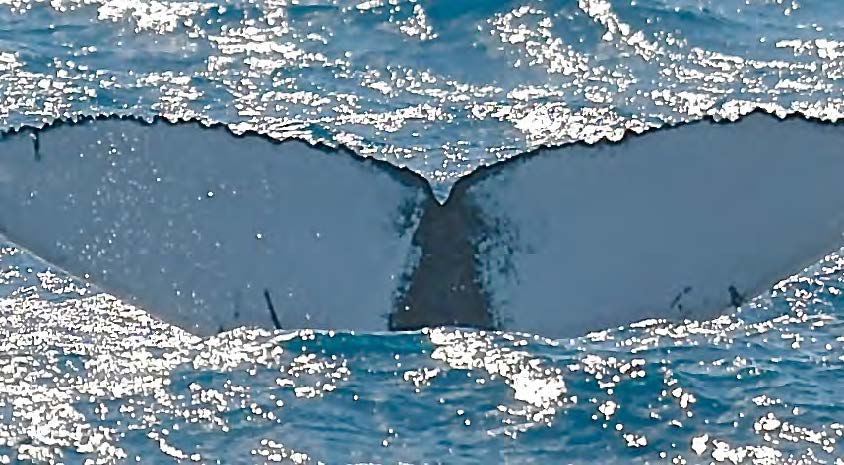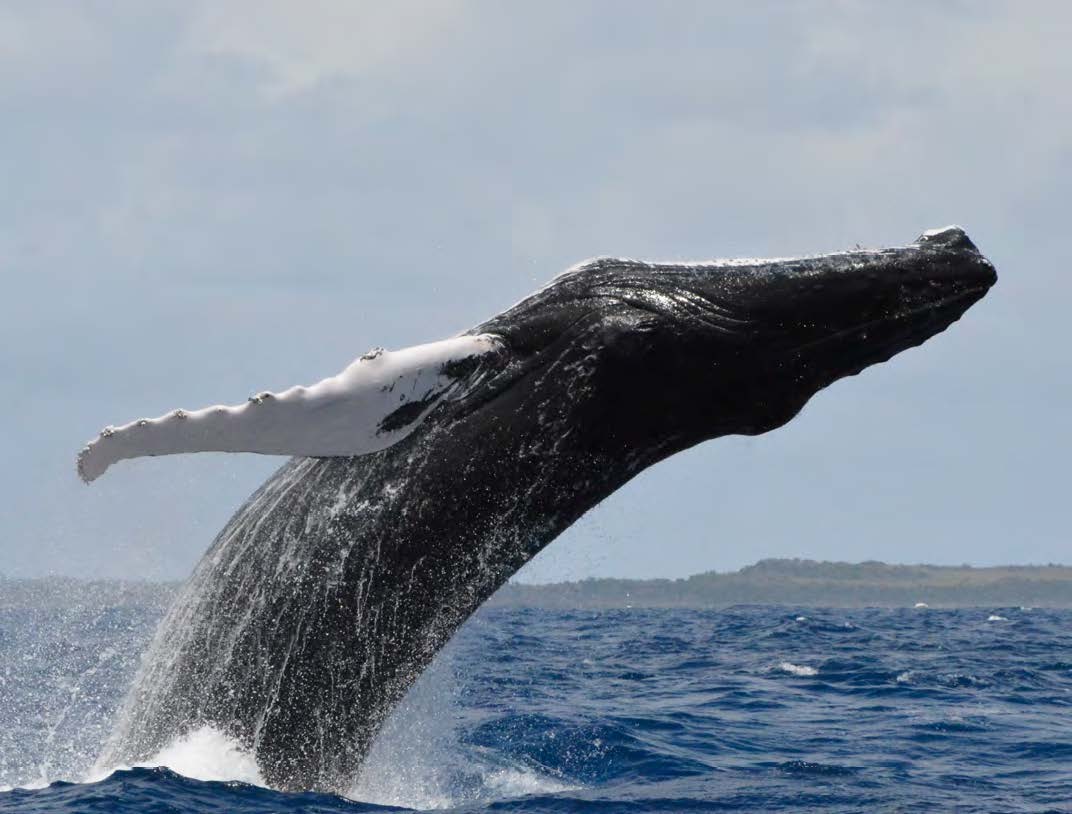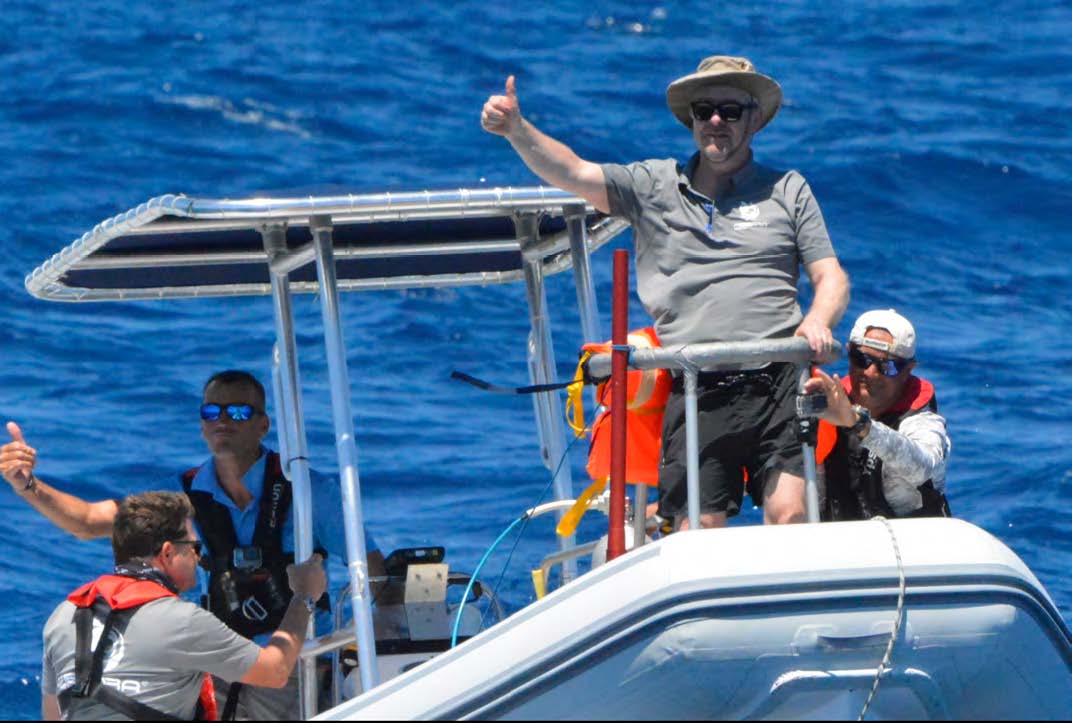Six beacons deployed, eight skin samples taken, a dozen photos of tail fins, and numerous recording of males singing. That recaps the positive results of Megara 4. MEGARA 4:
A Success! Maintenir ou améliorer les conditions d’accueil pour les populations de mammifères marins To maintain or improve local conditions for marine mammal populations Launched in 2014 by Nicolas Maslach as a scientific mission to study humpback whales, the fourth edition of MEGARA was held March 16-30 in the waters of Sint Maarten, Anguilla, Saint Barth, Saba, and Sint Eustatius, with proper authorization from these islands. The goal remains to develop a better understanding of the biology of these Caribbean humpback whales, notably through the deployment of Argos beacons, doing skin biopsies, recording the songs of the males, and taking photos of caudal fins for individual identification. Funded by the Réserve Naturelle, the association Megaptera, the Territorial Agency For The Environment in Saint Barth, and companies Nagico and Teria, at least one beacon was implanted in the fatty tissue of each of six humpback whales, and satellites are currently following the movements of four of these majestic mammals. This reveals that one of the whales is heading toward North America, and another is heading to Europe, but also that two females accompanied by their calves are moving around the neighboring islands, perhaps waiting for their babies get a bit bigger before starting the long migration toward summer feeding zones in the North Atlantic.

In addition, eight skin samples will provide genetic analyses that reveal the sex of each animal, and will be compared to the knowledge already acquired and centralized at The University of Groningen in the Netherlands, in an attempt to show that the “Saint Martin whales” are close genetically to those of Cape Verde. A dozen photos of caudal tail fins, whose characteristics define the identity of each humpback whale, will enrich the catalogue created in 2014 by the Réserve and will be shared with existing catalogues in the Caribbean as well as the United States, Canada, Iceland, and Norway, thanks to the support of OMMAG (Observatory For Marine Mammals In The Guadeloupe Archipelago). As for the songs of the males, intended to seduce the females, they differ from season to season. It is possible to hear a sample on the Réserve’s facebook page. The mission took place aboard a Contender and semi-rigid boat belonging to the Réserve, equipped with a turret used by Mikkel Villum Jensen, a professional whale tagger, to deploy his beacons, and for the staff of the Réserve to take the skin samples. A catamaran served as the logistical base for these operations. In spite of mediocre sea conditions, at least four groups of humpback whales were observed each day and provided beautiful aerial images taken from a drone. The staff of the Réserve Naturelle de Saint-Martin; Michel Vély, a marine mammals specialist and president of the Megaptera association; Steeve Ruillet, a member of Megaptera; the Territorial Agency For The Environment in Saint Barth; representatives from the Agoa sanctuary; and the European Cariman project; as well as several journalists, participated in this exceptional occasion marked by the sharing of knowledge and friendship.



















